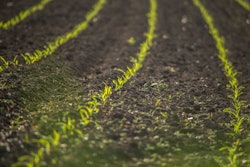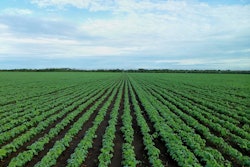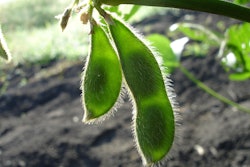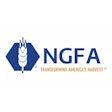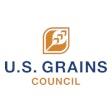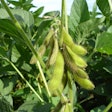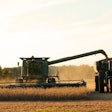
Global pork production is expected to slow this year as several key regions will reduce their sow herds, according to a new report from Rabobank.
Disease, negative profit margins, oversupply and weak demand are contributing to destocking, while productivity is expected to improve in 2024 and consumption remains resilient.
“Pork is reasonably well positioned with consumers given the inflationary pressures some other animal proteins are facing,” Rabobank said in its global pork report for the first quarter of 2024. “Consumers continue to spend on pork in key regions, although they are generally more cautious in their spending.”
Rabobank added that it “expects a mild improvement in global pork consumption in 2024 due to lower prices, easing inflation and an economic rebound in some regions.”
Feed prices to continue falling
Feed prices are expected to ease further this year, with corn and soybean prices down 15% to 25% over the past 12 months.
“Further price declines of feed grains are possible given the stagnant demand and rising inventory globally, although weather could potentially change the direction of supply and price movements beyond” the first quarter, the report said.
While lower grain and meal prices will help producer margins, labor, insurance and financing costs remain high. Additionally, shipping costs for transport via the Suez Channel have spiked, Rabobank said.
“The Red Sea and Suez Canal crisis creates uncertainties and is a challenge for European exporters, who need more time and face higher costs to reach Asian markets,” the report said.
Regional reports
In the U.S., pork production in the fourth quarter of 2023 was above expectations, with larger-than-expected harvest numbers and heavier weights. Production is set to remain above the levels of a year ago during the first half of 2024, with gradual declines expected toward the end of the year. Pork values remain volatile, and markets are adjusting to the disruption caused by California’s Proposition 12, which went into effect January 1.
Mexico’s imports of U.S. pork in 2023 reached a record high, and Mexico is importing a larger variety of cuts than in the past. Exports to all major markets are down, with increases only to South Korea.
“Moving into 2024, lackluster export demand and strong competition from U.S. imports could limit additional upside and force further herd reductions” in Mexico, the report said.
Canadian pork production was lower in December 2023 as slaughter operations wound down at the Olymel plant in Vallee-Jonction. Neighboring plants are absorbing excess production and the U.S. is taking on a small share of the live hog trade. While lower feed costs will help offset hog price weakness, producer losses are expected to continue through the second quarter.
Pork production in South Korea is expected to drop slightly amid ongoing outbreaks of African swine fever (ASF). Rabobank said it “expects retail prices to continue to trend below year-ago levels in 2024, as the consumer outlook remains soft and inventories are ample.”
Pork prices in China are expected to remain low throughout the first quarter, as ASF outbreaks drive herd liquidation and increase supply. Pork imports are expected to continue their decline. Falling feed costs will benefit producers in the coming months, but poor farm management and high mortality rates will result in negative margins.
“Compared to pre-ASF levels, average production costs have increased 20% to 30%,” Rabobank said. “Continued biosecurity and productivity improvement will drive costs down.”
In Vietnam, the effects from ASF on production is largely under control, as is the herd decline. The country’s economy has grown faster than expected, and exports and demand are on the rise.
ASF outbreaks in the Philippines continue to spread, negatively affecting production. A “continued but slow recovery” in pork production is expected in the coming year.
European pork exports are down, and European exporters are increasingly focused on marketing pork meat within EU markets. Spain and the Netherlands increased exports, while they were lower in Germany and Denmark.
Weather irregularity in Brazil due to El Nino will create additional challenges for pig producers, despite a 21% year-over-year drop in animal feed prices in December 2023.
“The volume of rain at the beginning of the year will be critical to the current soybean harvest and for defining the planting window for the second corn harvest,” Rabobank said.



